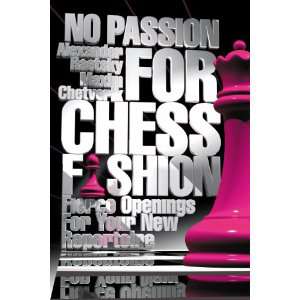A message from the New Jersey Knockouts:
"Help! Your local US Chess League team, the New Jersey Knockouts, needs you!
"We have some personnel issues this week, and may need an under-2000 (1800-1999 on the August 2011 list) rated player for fourth board, for this week only. You would be playing in Lincoln Park, on Monday September 26 at 7pm. You need to indicate your interest to me ASAP, as the lineup must be turned into the league by tomorrow (Friday Sep 23) by 9pm. There's no guarantee that you will play, but I need to have some options. Please indicate your interest by emailing me at: minusone@alumni.princeton.edu."
"Help! Your local US Chess League team, the New Jersey Knockouts, needs you!
"We have some personnel issues this week, and may need an under-2000 (1800-1999 on the August 2011 list) rated player for fourth board, for this week only. You would be playing in Lincoln Park, on Monday September 26 at 7pm. You need to indicate your interest to me ASAP, as the lineup must be turned into the league by tomorrow (Friday Sep 23) by 9pm. There's no guarantee that you will play, but I need to have some options. Please indicate your interest by emailing me at: minusone@alumni.princeton.edu."










